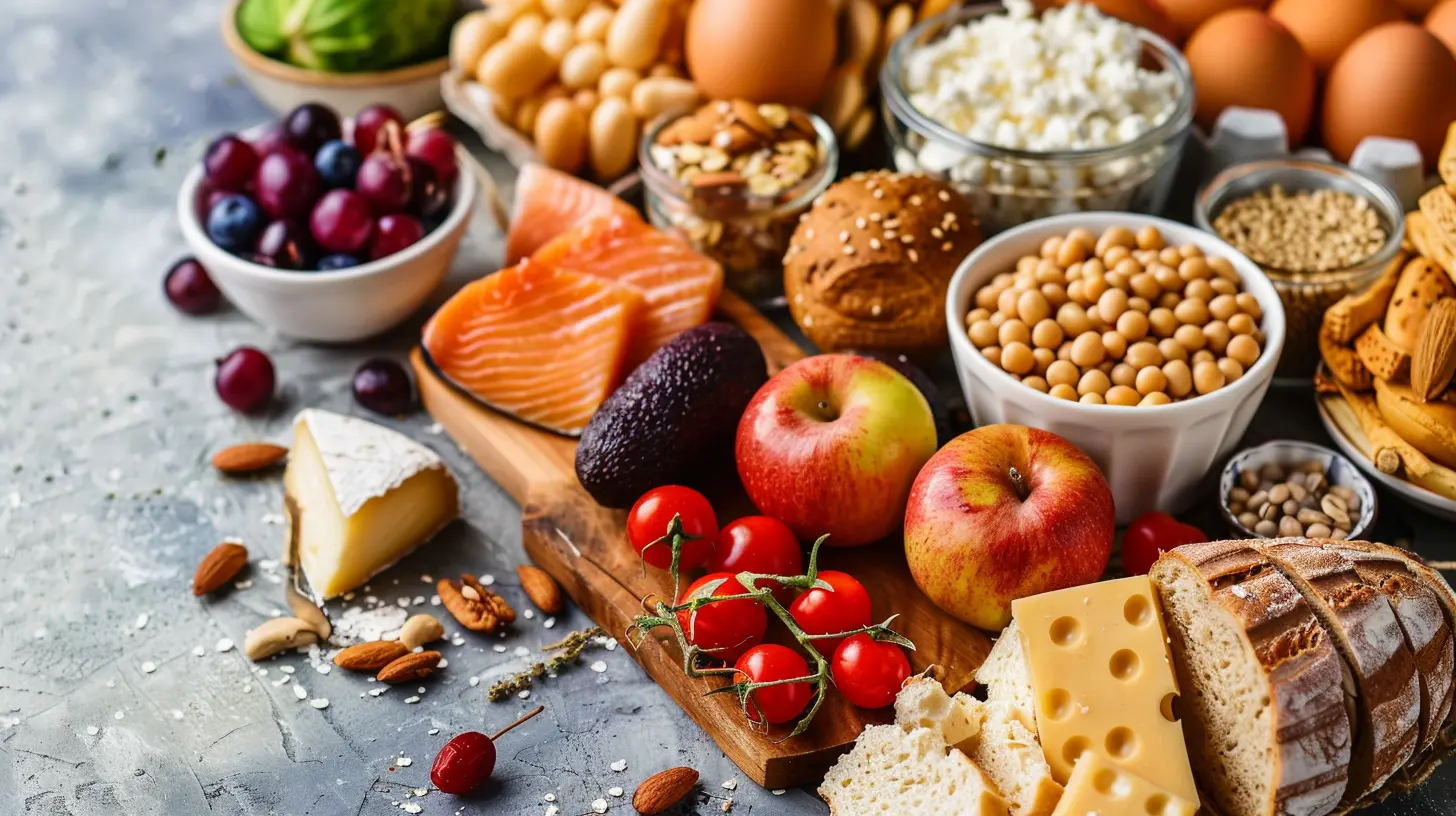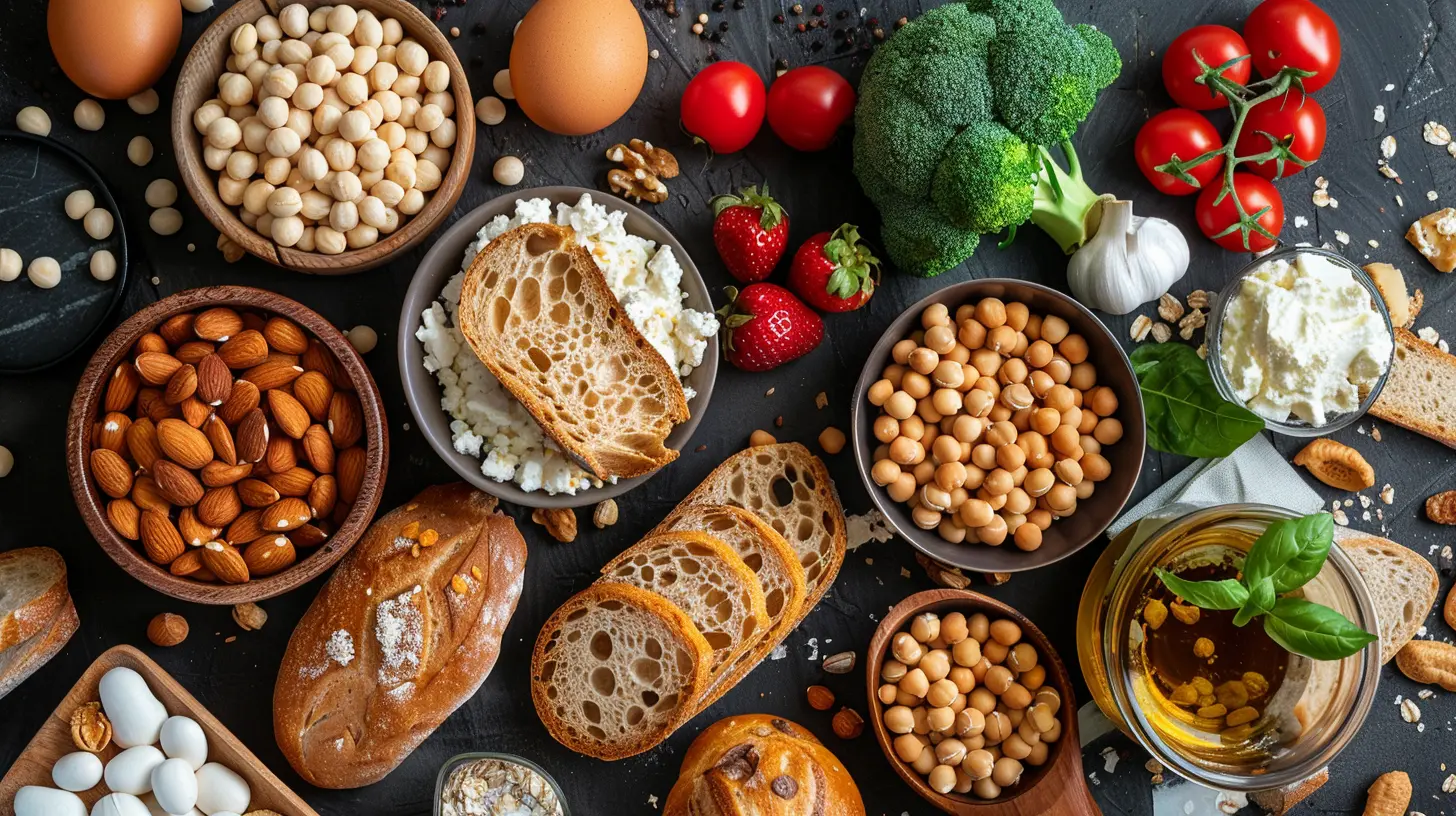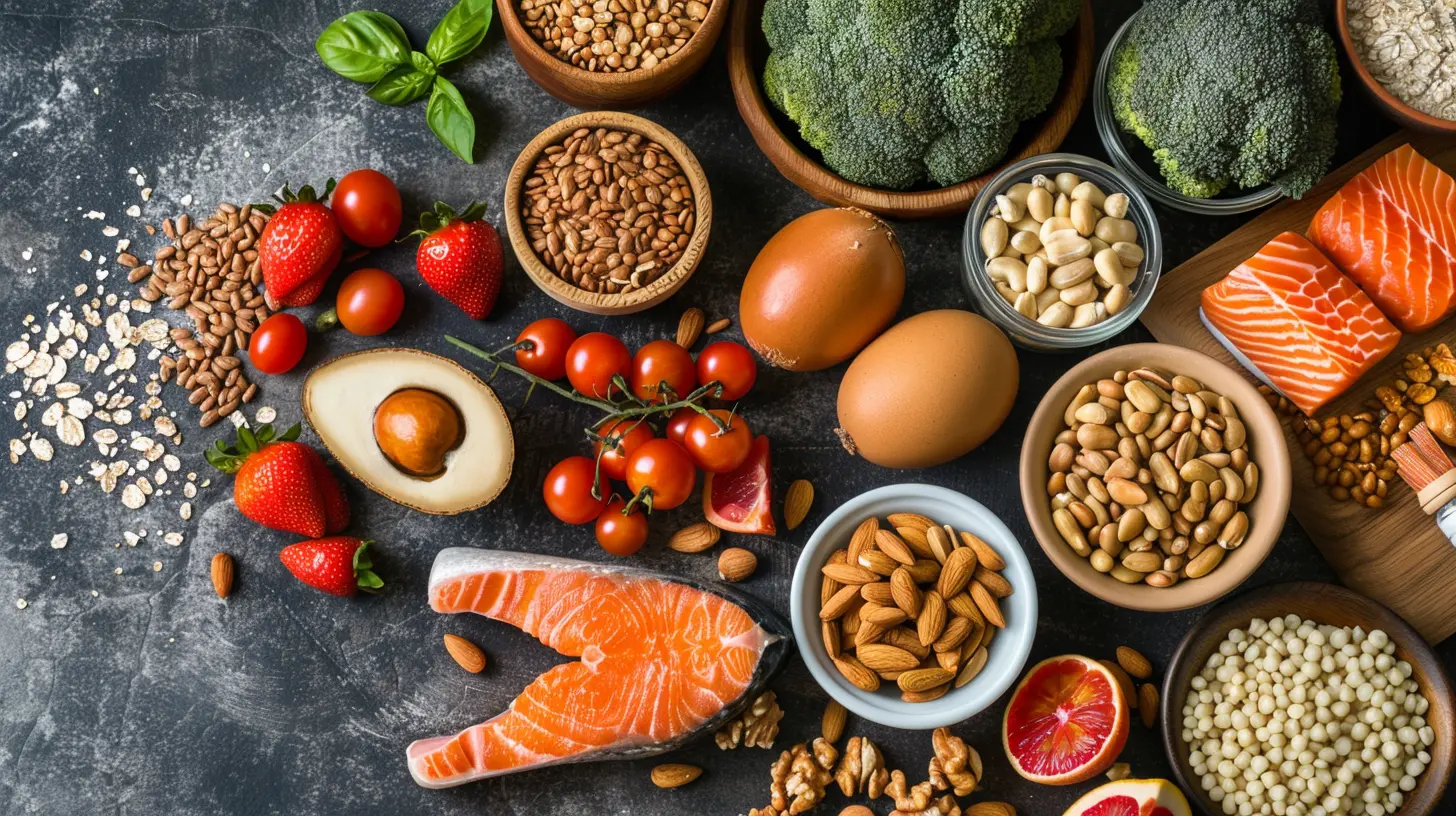Understanding Common Food Allergies and How to Manage Them
12 June 2025
Food should be a source of joy, not a hidden hazard. Yet, for millions of people around the globe, eating the wrong thing can trigger anything from mild discomfort to life-threatening reactions. Yep—we're talking about food allergies. Whether you're someone living with an allergy or just trying to support a loved one, it’s super important to know what food allergies are, how they show up, and how to manage them like a pro.
In this deep dive, we’ll break down the most common food allergies, what causes them, symptoms to watch out for, and tips that actually help with day-to-day management. Ready? Grab a snack (allergy-safe, of course), and let’s get chatting about this!
What Are Food Allergies, Anyway?
Let’s start with the basics. A food allergy is when your immune system mistakes a harmless food protein as a threat and responds by launching an attack—cue the allergic reaction.It’s kind of like your body hitting the panic button over something totally harmless. Imagine a fire drill every time someone lights a birthday candle. That's your immune system overreacting. Unlike food intolerances (which are often more about digestion), food allergies involve the immune system and can be much more serious.

Why Do Food Allergies Happen?
Great question! The truth is, we're still piecing that puzzle together. There’s definitely a genetic component—if allergies run in your family, your chances go up. Environmental factors also play a role. Some theories suggest that reduced exposure to germs in early childhood (called the "hygiene hypothesis") may lead to higher allergy rates. Our modern diets and lifestyles could be contributing too.Basically, the immune system gets a little confused and treats certain proteins as invaders. That’s when the drama begins.
The Big Eight: Most Common Food Allergies
About 90% of all food allergies come from just eight foods. These are often called “The Big Eight,” and if you’ve ever had to read a food label carefully, you’ve probably run into them.1. Milk
Let’s start with a biggie—especially for kids. Cow’s milk allergies are super common in infants and toddlers, though many outgrow it by age 5. Symptoms can range from hives and vomiting to more severe anaphylactic reactions.Pro Tip: Don’t confuse this with lactose intolerance. That’s a dairy sensitivity, not an allergy.
2. Eggs
Egg allergies are another one kids frequently face, and again, many grow out of it. The tricky part here? Eggs are in everything—from baked goods to vaccines.Tip To Manage: Look for egg substitutes like applesauce or flaxseed in recipes.
3. Peanuts
Peanut allergies can be life-threatening and are often lifelong. These little legumes (yep, they’re not actually nuts) are notorious for triggering severe reactions.Watch Out: Peanut oil can also be sneaky in foods, so reading labels becomes second nature.
4. Tree Nuts
This category includes almonds, cashews, walnuts, hazelnuts, pistachios, and more. Allergies to one kind of tree nut often mean you should avoid all of them—just to be safe.5. Soy
Used in tons of processed foods, soy can be especially tricky to avoid. It’s in everything from baby formula to salad dressings.Fun Fact: Many kids outgrow soy allergies—so there’s hope!
6. Wheat
Wheat allergies are different from gluten intolerance or celiac disease, but they can cause hives, respiratory issues, and even anaphylaxis. Wheat is in bread, pasta, and a lot of processed stuff.Alternative Tip: Try gluten-free flours like rice, almond, or coconut flour.
7. Fish
Salmon, tuna, and halibut are big culprits here. Fish allergies often last into adulthood and can develop unexpectedly later in life.Something to Know: Just the smell of cooking fish can sometimes trigger a reaction in sensitive individuals.
8. Shellfish
Crustaceans (like shrimp, crab, and lobster) and mollusks (like clams and oysters) fall under this category. Shellfish allergies are super common and often lifelong.
Less Common (But Still Serious) Food Allergies
Even beyond the Big Eight, people can be allergic to all kinds of foods. Some other culprits include:- Sesame (now recognized as a major allergen in many countries)
- Mustard
- Corn
- Gelatin
- Red meat (linked to a tick bite—yep, weird but real)
- Fruit and vegetable allergies due to pollen-food allergy syndrome
Spotting the Signs: Common Symptoms of a Food Allergy
Food allergies don’t all look the same. Some symptoms can be mild, while others are downright scary. Here’s what you might see:- Itchy skin or hives
- Swelling of lips, tongue, or face
- Stomach pain, vomiting, or diarrhea
- Trouble breathing or wheezing
- Dizziness or fainting
- Anaphylaxis (a severe, potentially life-threatening reaction)
Pro Tip: Symptoms usually show up within minutes to two hours after eating the allergen. If you ever suspect anaphylaxis, don't wait—use an epinephrine auto-injector (like an EpiPen) and call emergency services immediately.
Diagnosing a Food Allergy
Suspect a food allergy? Don’t play guessing games—get a proper diagnosis.Here’s how doctors figure it out:
- Medical history: What symptoms you’ve had, and when.
- Food diary: Tracking what you eat and how you feel.
- Skin prick test: A tiny bit of an allergen is introduced to your skin to see if there’s a reaction.
- Blood tests: Measuring levels of allergy-related antibodies.
- Oral food challenge: Done under medical supervision. You’ll consume small amounts of the suspected allergen to see what happens.
Trust me—don’t try this at home.
Managing Food Allergies Like a Boss
Living with food allergies can feel overwhelming, but with the right steps, you can totally take control. Here’s how to do it:1. Read Every Label—Twice
Seriously, once isn’t enough. Ingredients can change without warning. Always read labels, even on products you’ve bought a million times before.2. Ask Questions When Eating Out
Don’t be shy—it could save your life. Ask the staff about ingredients, prep methods, and potential cross-contact. Some restaurants now have allergy-friendly menus or staff trained in allergy protocols.3. Carry Emergency Meds
If you’ve been prescribed epinephrine, take it everywhere—yes, even short trips. No exceptions.4. Educate Your Inner Circle
Make sure your friends, family, coworkers, and even your kid’s teachers know what to do in an emergency. It’s a team effort.5. Create an Allergy Action Plan
Especially important for kids at school or daycare. This outlines what to do, what medications to use, and who to call.6. Find Alternatives That You Love
There are SO many allergy-friendly foods out there now—from dairy-free cheese to nut-free spreads. You don’t have to miss out—just switch it up!Living a Full Life with Food Allergies
Let’s get one thing straight: having food allergies does not mean living a boring life. It just means being prepared and staying informed.You can still enjoy parties, travel, eating out, and cooking delicious meals. There's even a whole community out there (hello, food allergy forums!) sharing tips, recipes, and support.
Think of it like learning to drive a manual car—trickier at first, but once you’ve got it, it’s second nature.
Supporting Someone With Food Allergies
If you're a friend, partner, or parent of someone with food allergies, your role is huge. Being supportive, respectful, and informed makes a world of difference. Don’t minimize or joke about their allergies. Instead, help them read labels, prep safe meals, and stay alert during outings.Wrap-Up: Takeaway Truths
Food allergies are real, serious, and sometimes scary—but they’re also manageable. Whether you’re dealing with allergies yourself or helping someone who is, the key is knowledge, preparation, and community.Remember: It’s not about living in fear—it’s about living smart.
all images in this post were generated using AI tools
Category:
Food AllergiesAuthor:

Laurie Barlow
Discussion
rate this article
2 comments
Seraphis Thornton
Understanding food allergies is crucial; effective management can significantly improve quality of life.
June 13, 2025 at 3:22 AM

Laurie Barlow
Thank you for highlighting the importance of understanding and managing food allergies; it truly makes a difference in people's lives!
Tala Weber
Great article! It’s essential to raise awareness about food allergies. Including tips on reading labels and cross-contamination prevention could enhance the discussion further. Thanks for providing valuable insights for those navigating these challenges!
June 12, 2025 at 2:31 PM

Laurie Barlow
Thank you for your feedback! I appreciate your suggestion and will consider including those tips in future discussions.


